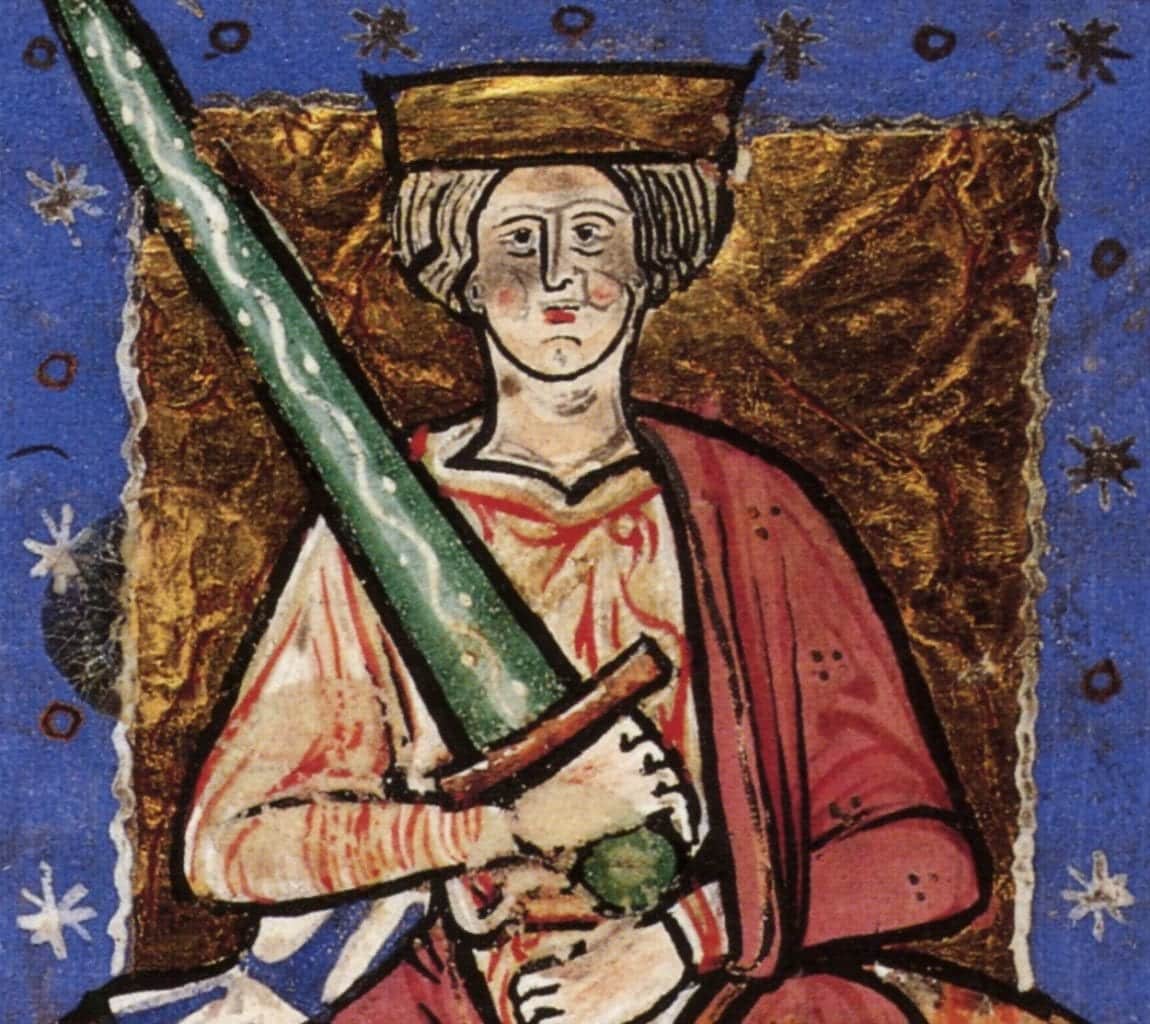St. Brice’s Day refers to an event that took place in Saxon England under the rule of Æthelred II, also known as “Æthelred the Unready”, that led to the extermination of Danes in the English realm.
Æthelred was the son of King Edgar and Queen Ælfthryth, having been crowned king in AD 978 at the young age of between 9 to 12 years old.
During his early kingship, England was subjected to repeated raids by Danes, who pillaged the coastlines of Hampshire, Thanet, Cheshire, Devon, Dorset, and Cornwall. The raiding parties were given shelter in Norman courts as a base to operate, that led to Pope John XV to ratify a peace agreement at Rouen in AD 991 to prevent hostilities that could lead to war between the two kingdoms.
That did little to deter the Danes, who sent a sizeable Danish fleet that same year against the south-east of England, resulting in a defeat of Saxon forces at the Battle of Maldon in the Blackwater Estuary.
Despite attempts to pay a tribute of a gafol of £10,000 to the Danes, the invading army continued to ravage the English coast and sailed up the Thames estuary towards London. Æthelred met with the Danish leaders and signed an uneasy accord granting lands to settle, a payment of £22,000 of gold and silver to ensure an end to hostilities, and employment as mercenaries in the king’s service.

After a brief period of peace, the Danes (including the king’s mercenaries) started to raid again in AD 997, with successive raids through to AD 1001 being paid off with tributes that became known as a Danegeld, ‘Dane-payment’.
Æthelred’s court advised the king that the Danes “would faithlessly take his life, and then all his councillors, and possess his kingdom afterwards”. This led to a royal mandate being decreed with the Anglo-Saxon Chronicles records stating: “In that year the king ordered to be slain all the Danish men who were in England – this was done on St Brice’s Day (13th November)”.
The extent of Danish killings is unknown, with some scholars suggesting that the intended target was the frontier Danish settlements and the mercenaries who had turned on the king. Among those thought to have been killed is Gunhilde, who may have been the sister of Sweyn Forkbeard (King of Denmark), along with her husband Pallig Tokesen and the Danish Ealdorman of Devonshire.
The massacre was justified by Æthelred in a royal charter of AD 1004 explaining the need to rebuild St Frideswide’s Church in Oxford (now Christ Church Cathedral):
“For it is fully agreed that to all dwelling in this country it will be well known that, since a decree was sent out by me with the counsel of my leading men and magnates, to the effect that all the Danes who had sprung up in this island, sprouting like cockle amongst the wheat, were to be destroyed by a most just extermination, and thus this decree was to be put into effect even as far as death, those Danes who dwelt in the afore-mentioned town, striving to escape death, entered this sanctuary of Christ, having broken by force the doors and bolts, and resolved to make refuge and defence for themselves therein against the people of the town and the suburbs; but when all the people in pursuit strove, forced by necessity, to drive them out, and could not, they set fire to the planks and burnt, as it seems, this church with its ornaments and its books. Afterwards, with God’s aid, it was renewed by me.”
Header Image Credit : Public Domain





